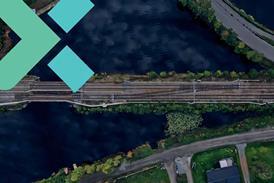Close menu
- Home
-
News
- Back to parent navigation item
- News
- Traction and rolling stock
- Passenger
- High speed
- Freight
- Infrastructure
- Policy
- Technology
- Ticketing
- Business
- Research, training and skills
- Accessibility and inclusion
- People
- Urban rail news
- Suburban and commuter rail
- Metro
- Light rail and tram
- Monorail and peoplemover
- Regions
- InnoTrans
- In depth
- Events
- Data
- Maps
- Tenders & Jobs
- Sponsored content
- Insights
Rail boost in Auckland transport plan
By Railway Gazette International2018-04-26T11:21:12

NEW ZEALAND: Further investment in suburban and light rail is to be funded under the NZ$28bn Auckland Transport Alignment Programme unveiled by Transport Minister Phil Twyford and Mayor Phil Goff on April 26.
Already have an account? LOG IN
To continue…
You’ve reached your limit of content for the month














